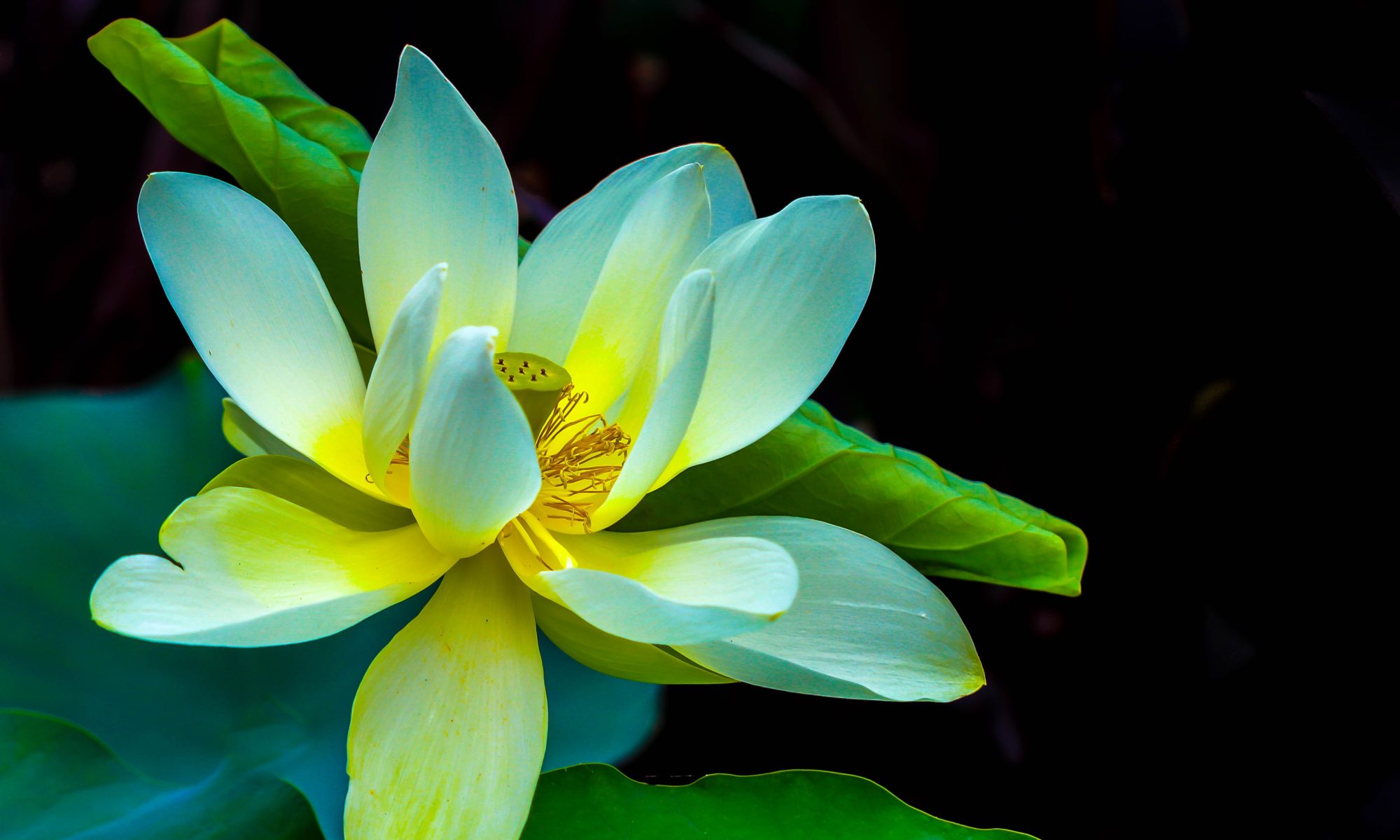Dear Kalyanamittas,
Enclosed below are the above 17 October 2019 Thursday class’s video, audio and other links for sharing by all.
|
|
Complete audio of the talk can be downloaded : https://broteoh.com/wp-content/uploads/Teoh-Thu-191017.mp3 Whiteboard note : https://broteoh.com/wp-content/up…
youtu.be
|
Video link 2: https://youtu.be/wAZzgL-xYR8
|
|
Complete audio of the talk can be downloaded : https://broteoh.com/wp-content/uploads/Teoh-Thu-191017.mp3 Whiteboard note : https://broteoh.com/wp-content/up…
youtu.be
|
Video link 3: https://youtu.be/VzmMGl0EheU
|
|
Complete audio of the talk can be downloaded : https://broteoh.com/wp-content/uploads/Teoh-Thu-191017.mp3 Whiteboard note : https://broteoh.com/wp-content/up…
youtu.be
|
Audio link: https://broteoh.com/wp-content/uploads/Teoh-Thu-191017.mp3
White board link: 
With metta always,
Bro Teoh








